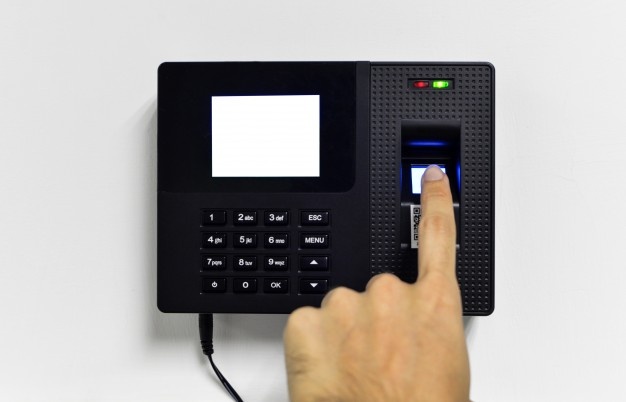How Does Biometric Fingerprint Scanner Work?
Let us talk about the most popular security system. You must agree that biometric security systems are the most reliable and advanced to monitor an individual's identification and authentication. The biometric fingerprint scanner is one of the most popular security systems because of the advanced security restrictions and simplistic design. Those looking for simple and effective top-class level security for their businesses and organization must consider a biometric fingerprint scanner.
The Biometric Fingerprint Scanner:
Have you looked closely at the friction ridges on your fingertips, also known as the fingerprint? Those intricately detailed lines remain for an individual's lifetime and are unique to each finger. One has those fingerprints even before they are born. These fingerprints are an ideal means of identification as they are difficult to alter and replicate.
As no one else will have the same prints as you, they find good use in the biometric fingerprint security systems. Those fingerprints can easily identify people and tell them apart. Thus, do not be surprised to find a biometric fingerprint scanner app or scanners in high-security buildings, laptop computers, and ATMs. It is getting common to see the use of biometric fingerprint scanners for attendance in big companies.
The fingerprints were first used for a criminal investigation in 1900. It is essential to take those fingerprints carefully as those prints taken under different conditions can look quite different. Thus, each fingerprint stored should carry a sharp image and should not be incomplete or smudged. A reliable system is used to take and store those fingerprints and match them later.
The fingerprints are compared by identifying key features, such as measuring the angles and distances between them. Those patterns are then changed into unique numeric codes based on algorithms. Different countries have different regulations regarding distinct features. For example, in the US, the eight features need to match, whereas two fingerprints need to match in the UK. Each fingerprint is analyzed for awfully specific features with the help of the biometric fingerprint scanner.
How Does the Biometric Fingerprint Scanner Work?
Biometric finger scanners carry a powerful fingerprint matching system with a control board. It is designed to support fingerprint reading units, internal or external. The main point of communication takes place between the control board, scanner, and fingerprint. The most reliable and professional fingerprint matching system can hold up to 50,000 fingerprint templates or more. These systems are sleek and easy to manage and install.
Different firms and businesses get a biometric fingerprint scanner based on their specific needs.
Installation of a Biometric Fingerprint Scanner:
The company will install the biometric fingerprint scanner, and after this, the control board registers all relevant personnel with the help of an optical sensor. Each fingerprint is scanned and captured for later use and can either grant or deny access. The fingerprint scanning can vary based on the optical sensor model and reader but can easily register between 1-100 reference points. The specific data from each fingerprint is stored in a digital template and is later used for identification.
Concluding Thoughts-
Fingerprint scanning is indeed one of the most popular and commonly used biometric technology. When compared with other security systems, biometric fingerprint scanners are the most secure ones. These work on the unique fingerprints of each individual and are highly specific. It is an amazingly simple and effective way of identification in a regular environment. The cost-effective biometric product is apt for everyday use in small to medium-sized facilities. You can count on biometric technology for fast and accurate identification.
You must look for reliable biometric fingerprint products. You will find them used increasingly in governmental buildings, education institutes, healthcare facilities, banks, offices, and more.










No comments: